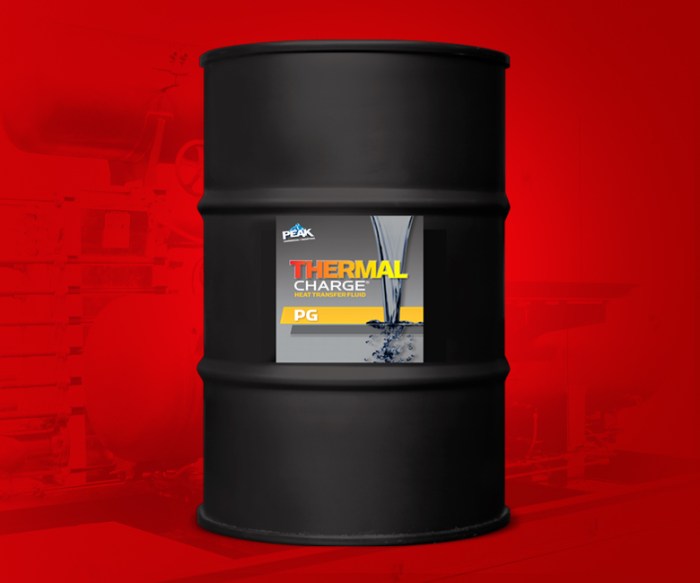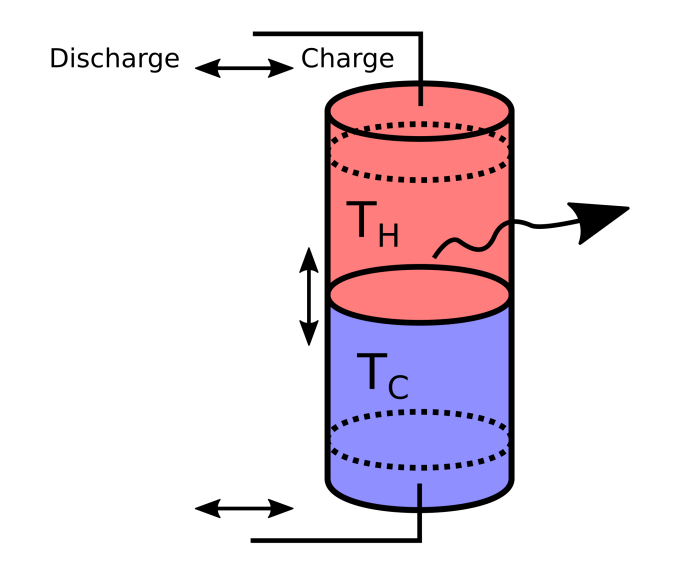Introduction to Thermal Element Chargers
Thermal element chargers are a revolutionary technology that utilizes heat to charge batteries. They offer a unique and efficient way to harness energy from various sources, including solar, geothermal, and waste heat.
This technology is based on the principle of thermoelectric conversion, where a temperature difference between two materials generates an electrical current. Thermal element chargers convert heat energy directly into electrical energy, eliminating the need for traditional power conversion methods.
History and Evolution of Thermal Element Chargers
The concept of thermoelectric conversion has been around for centuries, with the discovery of the Seebeck effect in 1821. However, the development of practical thermal element chargers has been a more recent endeavor.
Early thermal element chargers were limited in efficiency and performance, but advancements in materials science and nanotechnology have led to significant improvements in recent years. The development of high-efficiency thermoelectric materials has increased the energy conversion rate, making thermal element chargers a more viable alternative to conventional charging methods.
Types of Thermal Element Chargers
Thermal element chargers can be categorized based on the type of heat source they utilize. Some common types include:
- Solar Thermal Chargers: These chargers use sunlight as the heat source. Solar panels absorb solar energy and convert it into heat, which is then used to generate electricity.
- Geothermal Thermal Chargers: These chargers harness heat from the Earth’s core. Geothermal energy is a renewable and sustainable source of heat that can be used to power thermal element chargers.
- Waste Heat Recovery Chargers: These chargers utilize heat generated from industrial processes, engines, or other sources. This approach helps to reduce energy waste and increase overall efficiency.
Working Principle of Thermal Element Chargers
Thermal element chargers, also known as thermoelectric generators (TEGs), harness the power of heat to generate electricity. They work based on the Seebeck effect, a phenomenon where a temperature difference across a material creates a voltage. This principle is the foundation for converting thermal energy into electrical energy.
Materials and Components
Thermal element chargers consist of several essential components:
- Thermoelectric Materials: TEGs utilize special materials known as thermoelectric materials, typically semiconductors, which exhibit the Seebeck effect. These materials are strategically arranged to form “legs” or “couples” within the device. Common examples include bismuth telluride (Bi2Te3) for low-temperature applications and lead telluride (PbTe) for higher temperature ranges.
- Heat Source: A heat source provides the necessary thermal energy to drive the TEG. This could be anything from solar energy, waste heat from industrial processes, or even body heat.
- Heat Sink: A heat sink absorbs the waste heat from the hot side of the TEG, maintaining a temperature difference across the thermoelectric materials.
- Electrical Connections: The thermoelectric couples are connected electrically to form a circuit. These connections allow the generated voltage to be harnessed and used to power external devices.
Conversion of Heat Energy to Electrical Energy, Thermal element charger
The conversion of heat energy to electrical energy in a thermal element charger relies on the Seebeck effect. Here’s how it works:
- Temperature Difference: When a temperature difference exists between the hot and cold junctions of a thermoelectric material, free electrons in the material tend to move from the hot side to the cold side.
- Voltage Generation: This movement of electrons creates a voltage difference between the two junctions. The magnitude of the voltage depends on the material’s Seebeck coefficient, the temperature difference, and the number of thermoelectric couples connected in series.
- Power Output: The voltage generated can then be used to power electrical devices. The power output of a TEG depends on the voltage and the current flowing through the circuit.
Thermal element chargers are a promising technology with the potential to revolutionize the way we generate and use energy. As research and development continue, we can expect to see even more efficient and versatile thermal element chargers that contribute to a cleaner and more sustainable future. The ability to harness heat from various sources, including waste heat, opens up exciting possibilities for reducing our reliance on fossil fuels and creating a more energy-efficient world. Thermal element chargers are not just a technological innovation, but a stepping stone towards a greener and more sustainable energy landscape.
Thermal element chargers are becoming increasingly popular for their efficiency and speed, but how do they compare to traditional chargers? The leaked benchmarks for the Galaxy S9 Plus, available here , suggest that the phone boasts impressive performance, potentially making it a strong contender in the smartphone market. While the S9 Plus benchmarks might not directly address thermal element chargers, they highlight the growing demand for faster charging and better performance, which thermal element chargers can provide.
 Standi Techno News
Standi Techno News

